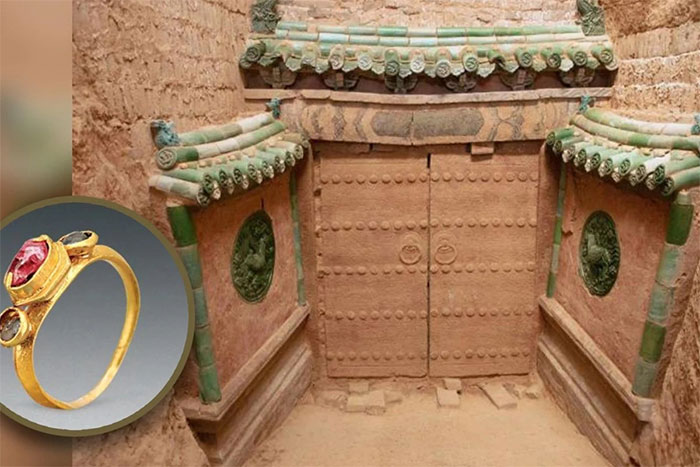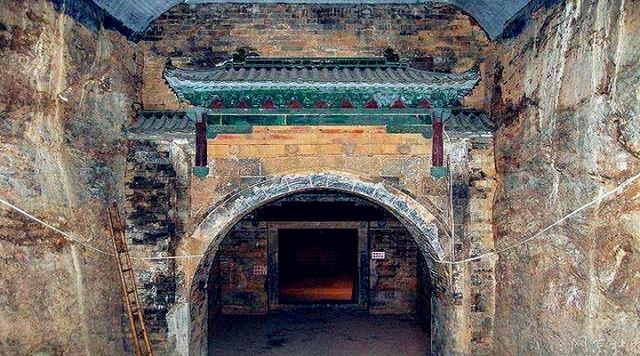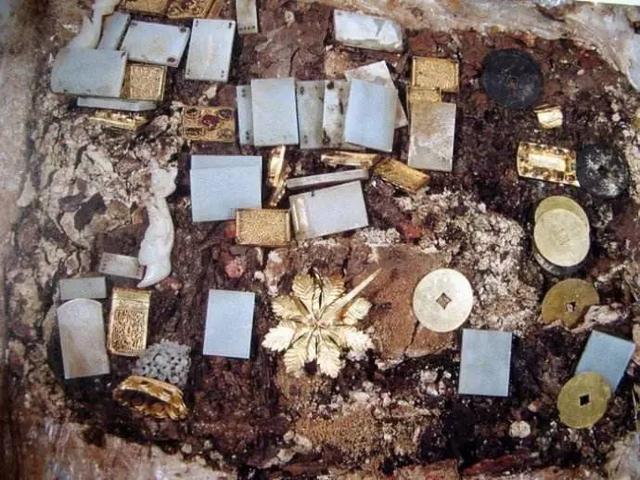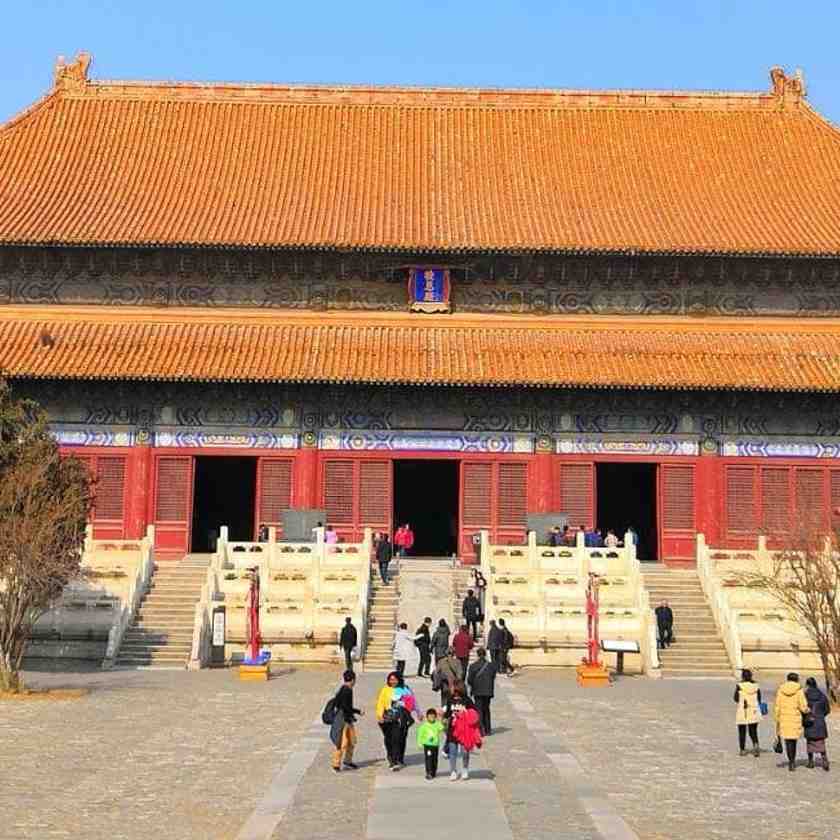Scientists have unearthed jade artifacts, precious jewelry, as well as silk clothing, ceramics and lacquered wooden coffins in the ancient tomb.
During the excavation of the tomb of the Ming Dynasty prince – Zhou Gang, also known as King of Jin (1358-1398 ), Chinese archaeologists have recently continued to discover new and valuable information about the lifestyle of a prince during the Ming Dynasty, as well as the royal burial customs and attire of that period.
 The tomb gate and precious artifacts of a Ming Dynasty prince were found in Shanxi province, China. (Photo: SCMP).
The tomb gate and precious artifacts of a Ming Dynasty prince were found in Shanxi province, China. (Photo: SCMP).
The tomb is located in Shanxi province, China, being excavated by the Thai Nguyen Institute of Cultural Relics and Archeology. This is also the final resting place of the prince’s wife, Tan Vuong Phi, and two other concubines.
In the most recent excavation, scientists found buried objects such as jade artifacts, silk clothing, ceramics and lacquered wooden coffins.
Although looted over the centuries, the tomb’s remains continue to reveal further evidence of the burial attire and customs of Ming Dynasty princes. The team also found remnants of the walls surrounding the mausoleum located above the burial site.
These tombs were first discovered in 2019, when scientists found inscriptions that confirmed it as royal heritage.

Zhao Hui, head of the archaeological project, told China News Service that the tomb had no vestibule area, suggesting that the King of Jin may have lost some political power during the Ming Dynasty.
The owner of the tomb’s real name is Zhou Gang (1358-1398), the third son of the founder of the Ming dynasty – Zhu Yuanzhang (Emperor Hong Wu). In the third year of Hongwu (1370), he was appointed King of Jin, head of a fief, today Thai Nguyen city, Shanxi province, China and became the first generation of the royal generation of Jin kings during the Jin Dynasty. Ming Dynasty.

In 1398, Chu Nguyen Chuong passed the throne to his nephew, Chu Doan Van, to become Emperor Minh Hue. But just one year later, Zhu Yuanzhang’s fourth son, Zhu De, rebelled and usurped the throne, took the reign name Yongle and became one of the most important figures in Chinese history.

Zhu Cuong and Zhu De are both children of Queen Ma – wife of King Chu Nguyen Chuong. According to historians, the story of King Chu Cuong of Qin seems to have been forgotten in history, partly because people only remember this period with the struggle for the throne and other great achievements of his younger brother. – Created by Chu De.





